7 Best Cement Mixer Construction Tips for a Smooth Workflow
In the ever-evolving construction industry, efficient workflow and high-quality results are paramount, especially when it comes to cement mixer construction. According to a report by the National Ready Mixed Concrete Association, approximately 70% of all construction activities in the U.S. involve concrete, underscoring the critical role of cement mixers in project success. Proper utilization of cement mixers can significantly improve timing and reduce waste, leading to increased productivity and decreased project costs. However, many workers encounter challenges that hinder their performance, resulting in less-than-desirable outcomes. This blog outlines the seven best tips for optimizing cement mixer construction, enabling contractors and laborers to enhance their techniques and ensure a smoother workflow on site.
Choosing the Right Cement Mixer for Your Project Needs
When embarking on a construction project, selecting the right cement mixer is pivotal to achieving efficiency and quality in your work. A versatile mixer can accommodate various project needs, from small DIY jobs to large-scale construction tasks. For instance, when dealing with concrete surfaces, it’s crucial to choose a mixer that can handle the specific requirements of masonry work, ensuring a smoother application and superior finish. Additionally, the mixer’s capacity should align with your project scale to prevent bottlenecks and ensure a consistent workflow.
Moreover, consider the features that will enhance your mixing experience. Some mixers come equipped with advanced technology, allowing for better control over the mixing process and an even consistency. This is particularly beneficial when integrating bonding agents or concrete additives that are essential for durability and strength. By choosing the right cement mixer tailored to your project needs, you can streamline the mixing process and achieve impressive results with your concrete applications.
7 Best Cement Mixer Construction Tips for a Smooth Workflow
| Tip |
Description |
Benefit |
Equipment Needed |
| Choose the Right Size |
Select a mixer that matches your project's volume requirements. |
Improved efficiency and effectiveness. |
Cement Mixer, Measuring Tools |
| Prepare the Site |
Clear the area where mixing will take place to prevent contamination. |
Prevention of errors in mixing ratios. |
Shovels, Cleaning Equipment |
| Use Appropriate Materials |
Ensure to have high-quality cement and aggregates. |
Stronger and more durable mixes. |
Cement, Aggregates |
| Mix in Correct Order |
Add materials in a specific sequence for optimal blending. |
Consistent and uniform mixtures. |
Cement Mixer |
| Monitor Mixing Time |
Ensure the mixer runs long enough for proper blending. |
Avoids segregation of materials. |
Timer, Cement Mixer |
| Clean the Mixer Regularly |
Remove any leftover concrete after use. |
Prevents contamination and buildup. |
Cleaning Tools, Water |
| Follow Safety Guidelines |
Wear appropriate protective gear while operating the mixer. |
Reduces the risk of injury. |
Personal Protective Equipment (PPE) |
Essential Safety Precautions When Using a Cement Mixer
When using a cement mixer, safety should always be your top priority. Before starting, wear appropriate personal protective equipment, including safety goggles, gloves, and a dust mask to shield yourself from harmful particles. Additionally, always ensure the work area is clear of hazards and that the mixer is properly grounded to prevent electrical accidents.
One important tip for maintaining a smooth workflow is to thoroughly read the manufacturer’s instructions before operating the mixer. Familiarize yourself with the controls and features, as this will help you avoid mishaps during mixing. Regularly check the mixer for any signs of wear or malfunction, and address any issues promptly to prevent accidents.
Moreover, when loading materials into the mixer, do so gradually to prevent overloading, which can cause mechanical failures. Always operate the mixer on firm, level ground to maintain stability, and never leave the mixer running unattended. Remember, practicing these safety precautions not only protects you and your crew, but also enhances the overall efficiency of your project.

Step-by-Step Guide to Mixing Cement for Optimal Consistency
Mixing cement properly is crucial for achieving the desired consistency and strength in your construction project. Start by assembling all necessary materials: cement, sand, gravel, and water. Measure the ingredients carefully; a common ratio is three parts sand and three parts gravel to one part cement. This combination not only ensures a robust mixture but also facilitates optimal workability. Use a wheelbarrow or a cement mixer for this process, ensuring that all components are blended thoroughly.
Once the dry ingredients are mixed, gradually add water while continuously stirring. Aim for a smooth, pudding-like consistency; too much water can weaken the mixture, while too little can make it difficult to work with. Remember to check the moisture level by performing the "squeeze test"—a handful of the mixture should hold together without crumbling or dripping excess water. As you mix, keep an eye on the temperature and humidity, as these factors can affect the setting time. By following these steps meticulously, you will achieve an optimal cement mix that supports a smoother workflow and long-lasting results in your construction endeavors.
Tips for Maintaining Your Cement Mixer for Longevity
Maintaining your cement mixer is essential for ensuring longevity and efficient performance on job sites. According to a report by the National Association of Home Builders, nearly 30% of construction delays can be attributed to equipment failures, including faulty mixers. Regular maintenance can significantly reduce the risk of breakdowns and ultimately save time and costs. Simple practices like checking for leaks, ensuring proper lubrication, and inspecting electrical components can extend the life of your cement mixer.

Additionally, keeping the mixer clean is crucial. A study by the Construction Industry Research and Information Association revealed that regular cleaning can improve the efficiency of equipment by up to 25%. After each use, it’s advisable to wash out any residual cement and debris to prevent buildup, which can cause corrosion and affect performance. Implementing a routine maintenance schedule and keeping a detailed log of repairs and inspections can also help in tracking the condition of your mixer, allowing for proactive replacement of parts before they cause significant problems.
Best Practices for Efficient Workflow on a Construction Site
When it comes to maintaining an efficient workflow on a construction site, proper planning and the use of the right tools can make all the difference. One of the key components to achieving efficiency is ensuring that your cement mixer is always ready for action. Regular maintenance checks, such as cleaning the drum and ensuring all parts are functioning correctly, can prevent downtime. Additionally, organizing the mixing area and having all necessary materials on hand before starting work can streamline the process significantly.
Moreover, effective communication among team members is crucial for a smooth workflow. Establishing clear roles for each worker and using visual signals can minimize confusion and enhance coordination. Implementing a concrete pouring schedule, and adhering to it, ensures that everyone is on the same page, reducing idle time as workers wait for the mixer to complete a batch. By focusing on these best practices, construction teams can optimize their workflow, leading to increased productivity and successful project outcomes.
7 Best Cement Mixer Construction Tips for a Smooth Workflow

Home
About Us
Products
 Concrete Mixing Plant
Concrete Mixing Plant
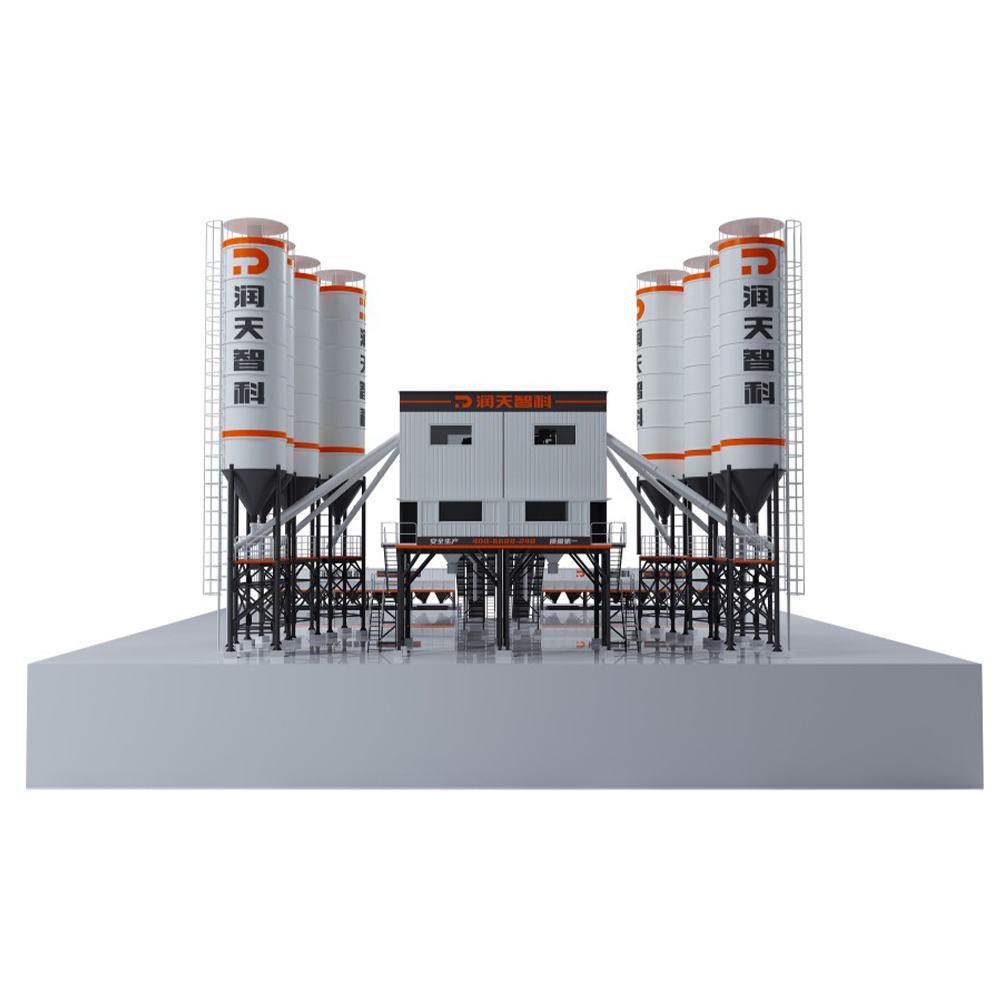 HZS Series Belt Concrete Mixing Plant
HZS Series Belt Concrete Mixing Plant
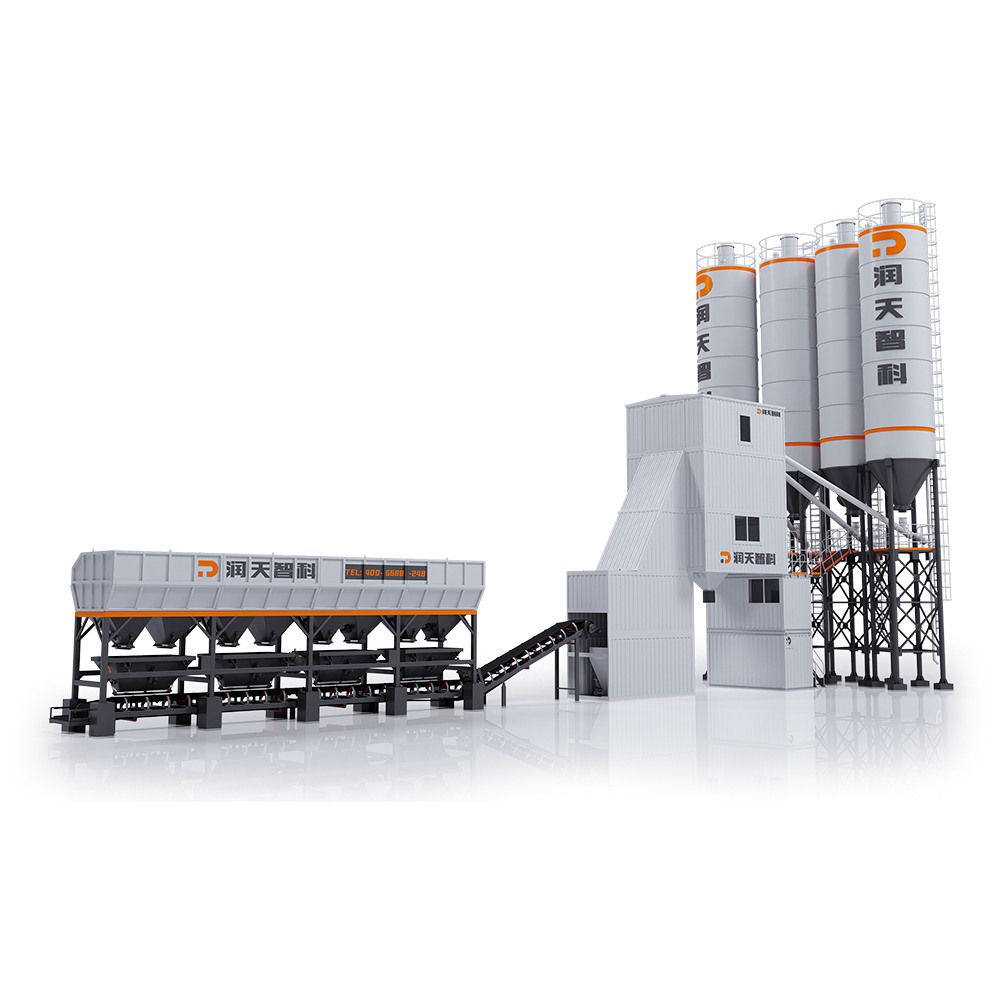 HZS Series Bucket-Lifting Type Container Concrete Mixing Plant
HZS Series Bucket-Lifting Type Container Concrete Mixing Plant
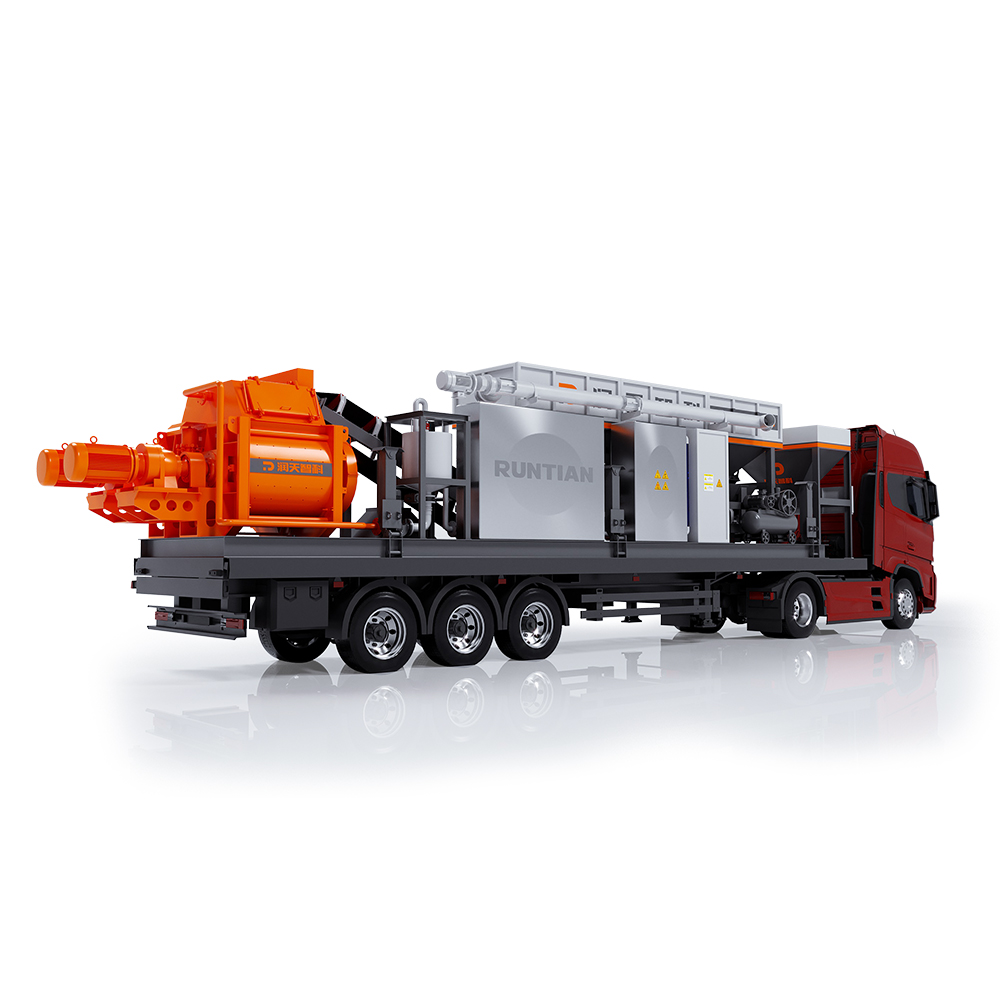 HZS60 Mobile Concrete Mixing Plant
HZS60 Mobile Concrete Mixing Plant
 HZS Series Bucket-Lifting Type Concrete Mixing Plant
HZS Series Bucket-Lifting Type Concrete Mixing Plant
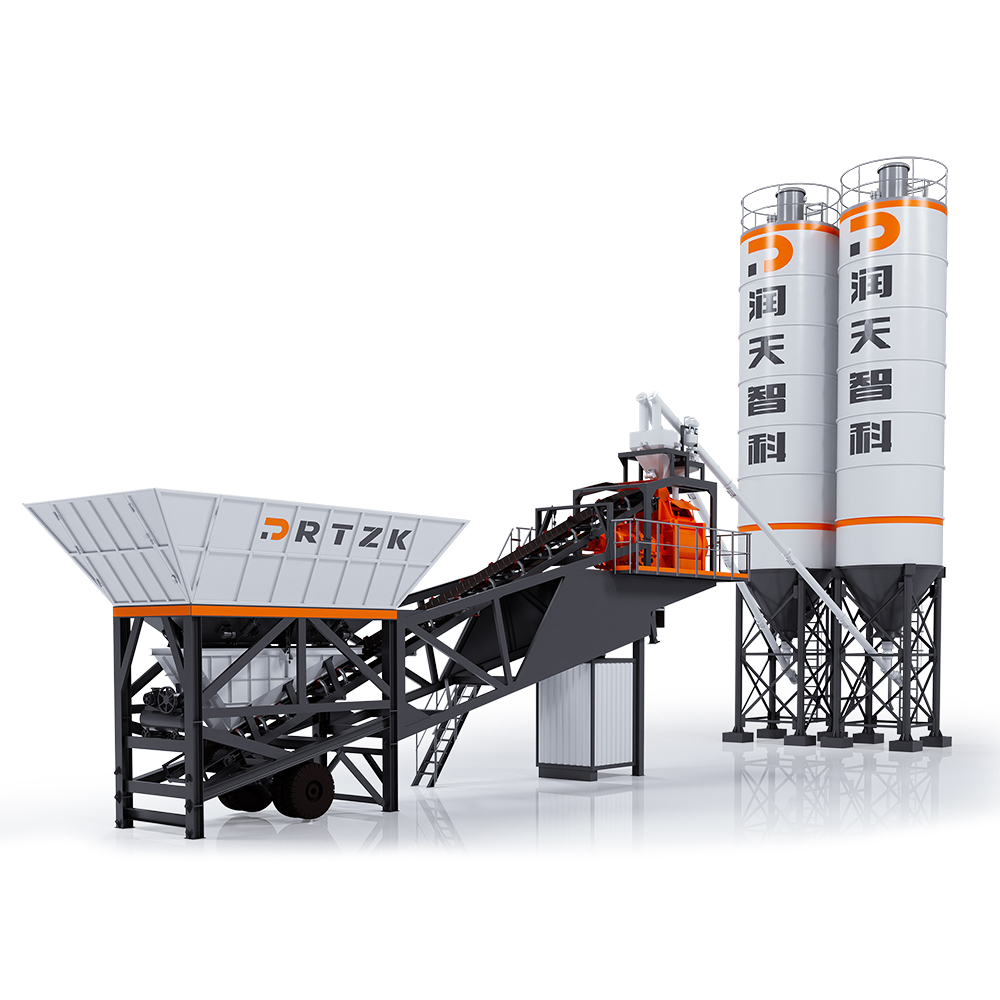 HZS Series Mobile Concrete Mixing Plant
HZS Series Mobile Concrete Mixing Plant
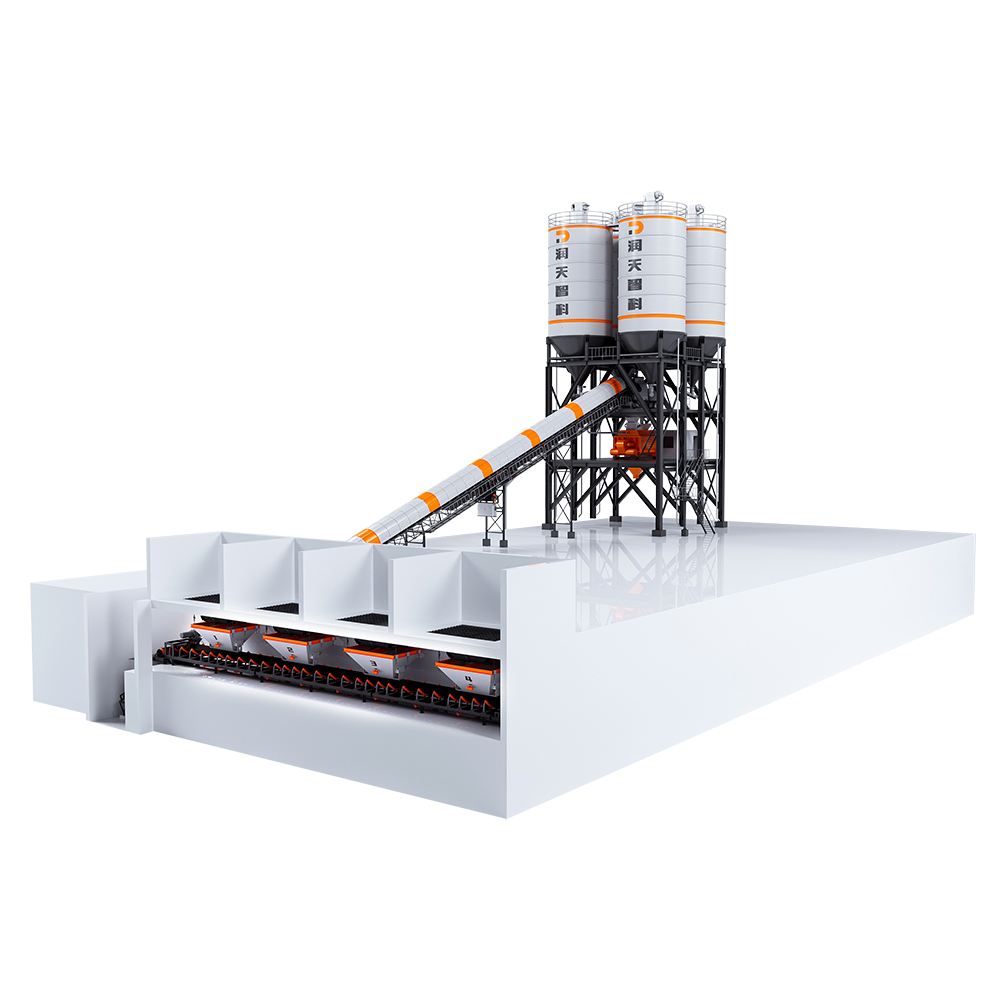 HZS Series Top-Mounted Concrete Mixing plant
HZS Series Top-Mounted Concrete Mixing plant
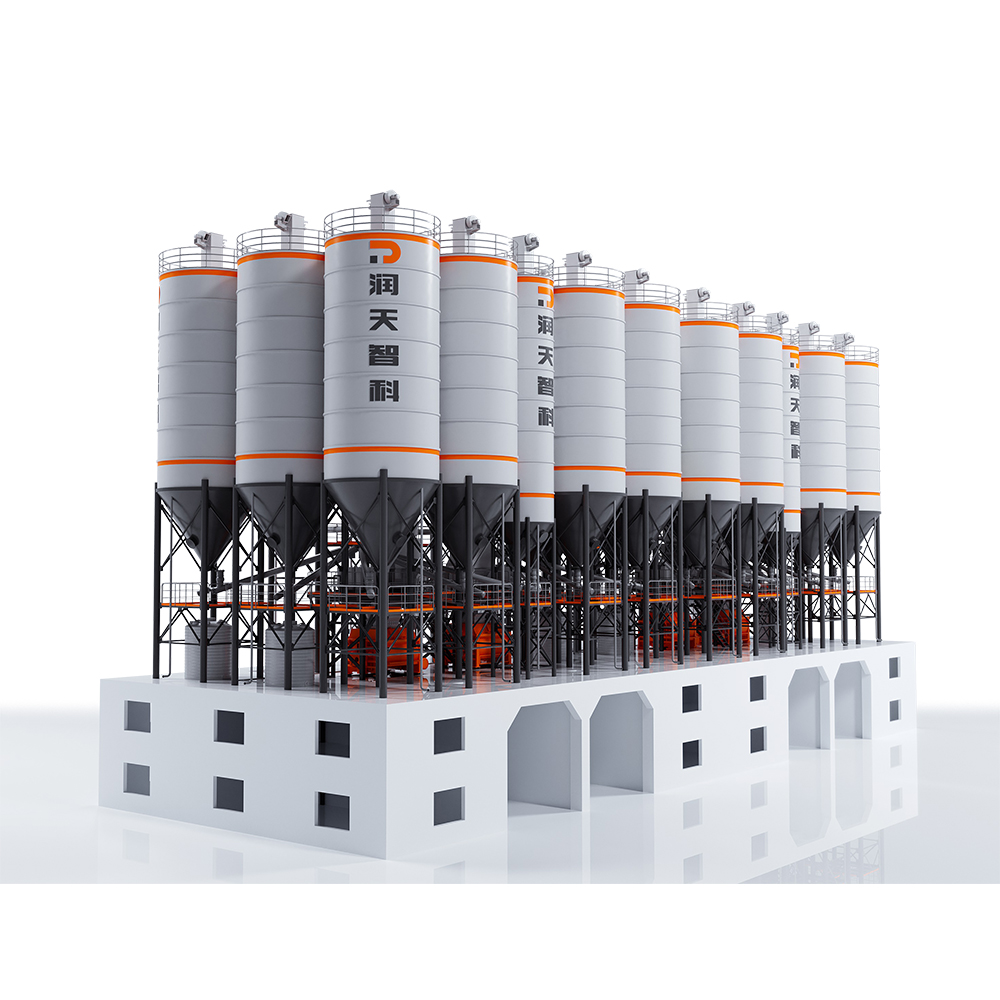 HZS Series Semi-Top Mounted Concrete Mixing Plant
HZS Series Semi-Top Mounted Concrete Mixing Plant
 Stabilized Soil Mixing Plant
Stabilized Soil Mixing Plant
 Asphalt Mixing Plant
Asphalt Mixing Plant
 Sand & Gravel Crushing and Screening Plant
Sand & Gravel Crushing and Screening Plant
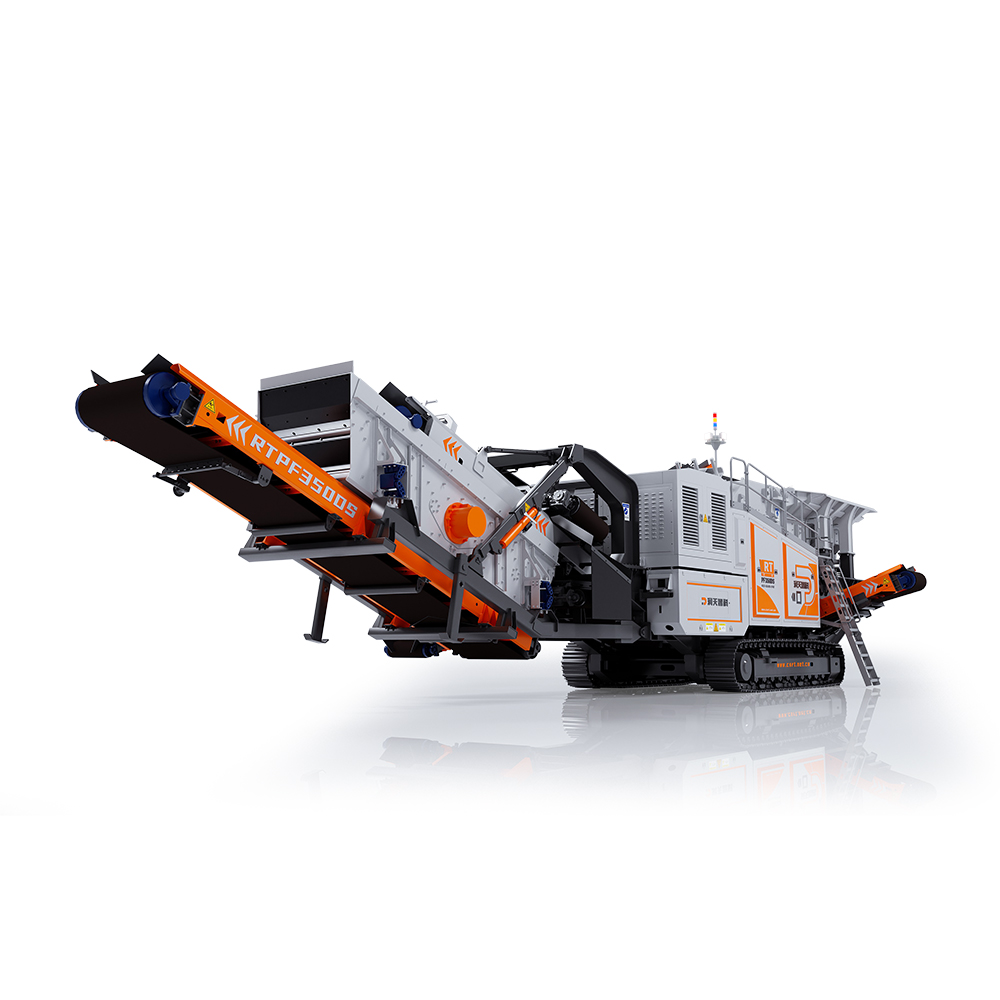 RTPF350DS Crawler Mobile Impact Crushing Plant
RTPF350DS Crawler Mobile Impact Crushing Plant
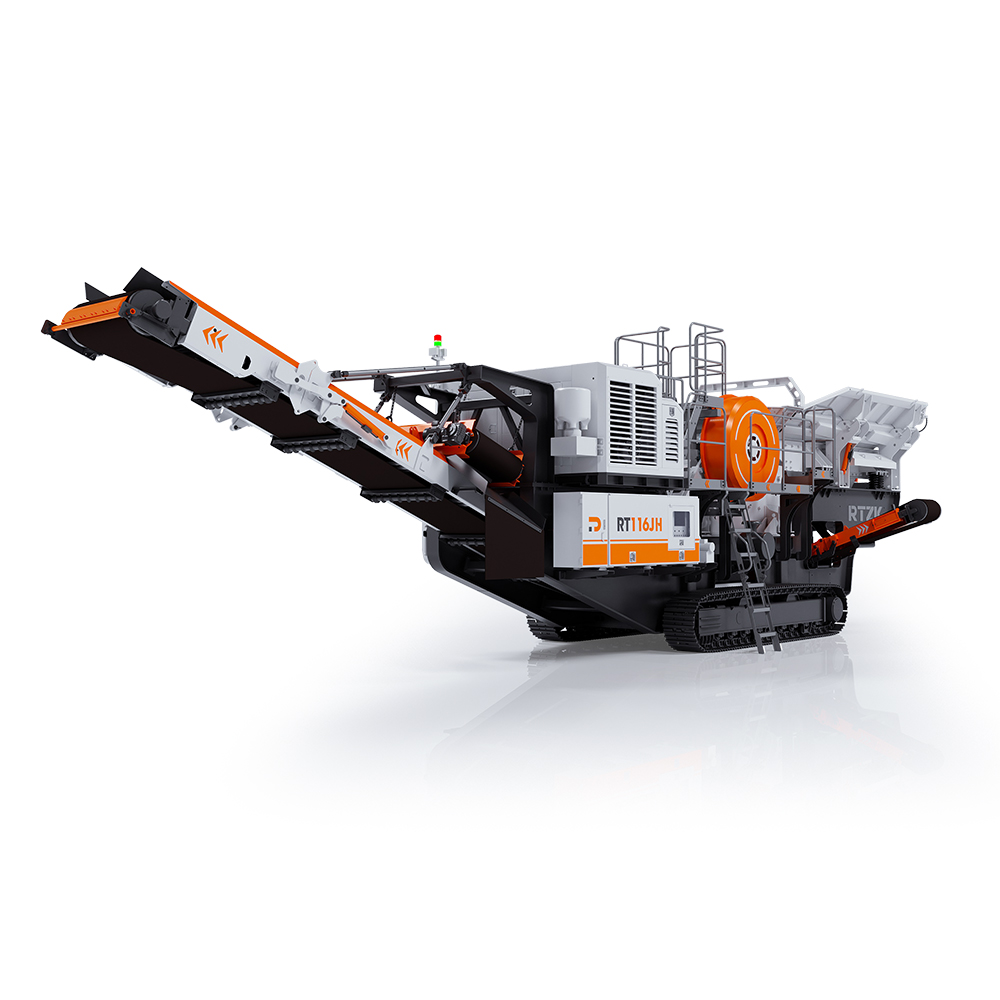 RT116JH Crawler Mobile Jaw Crushing Plant
RT116JH Crawler Mobile Jaw Crushing Plant
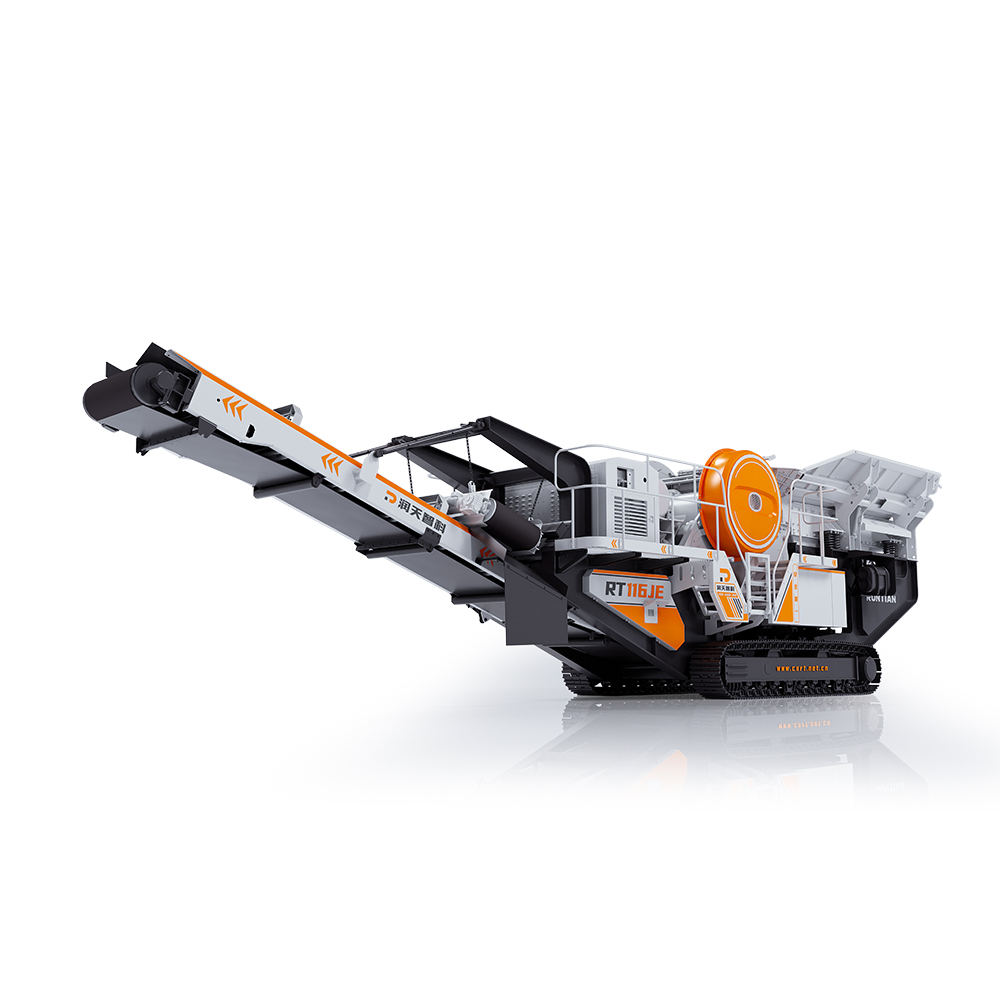 RT116JE Crawler Mobile Jaw Crushing Plant
RT116JE Crawler Mobile Jaw Crushing Plant
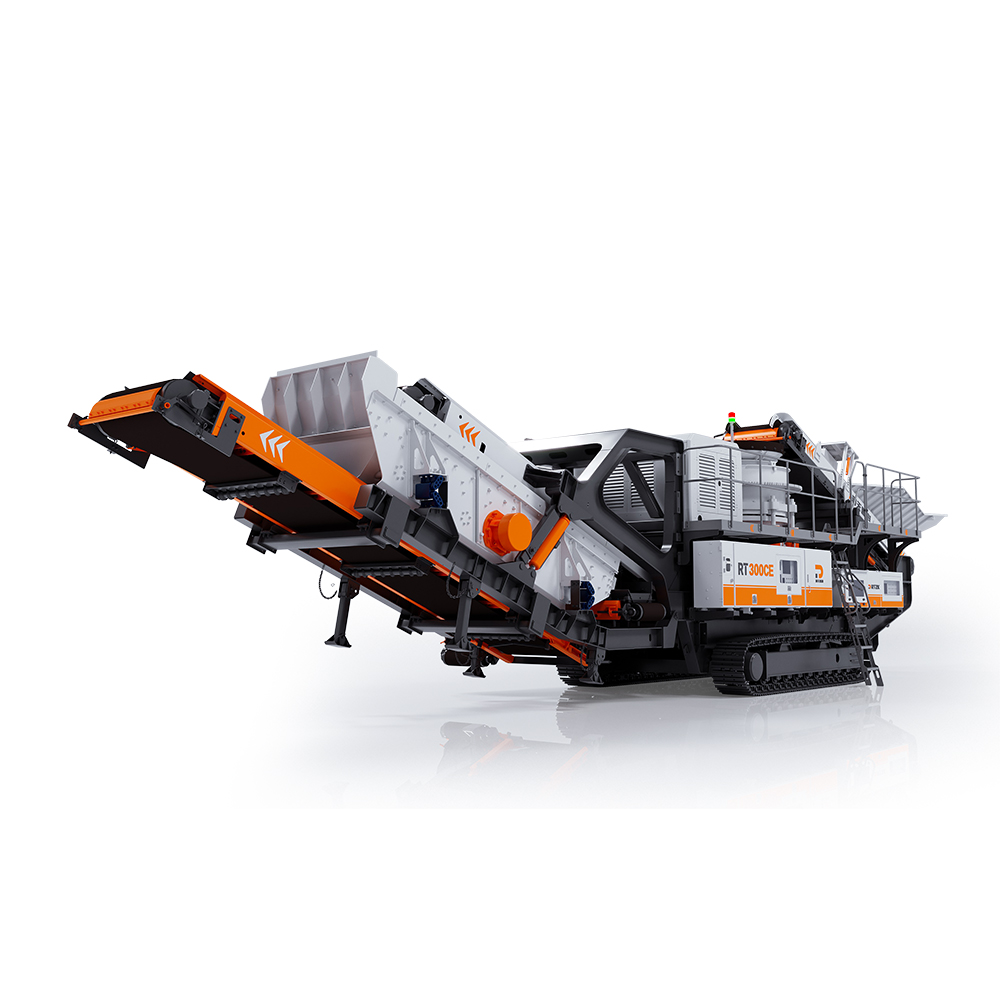 RT300CE Crawler Mobile Cone Crushing Plant
RT300CE Crawler Mobile Cone Crushing Plant
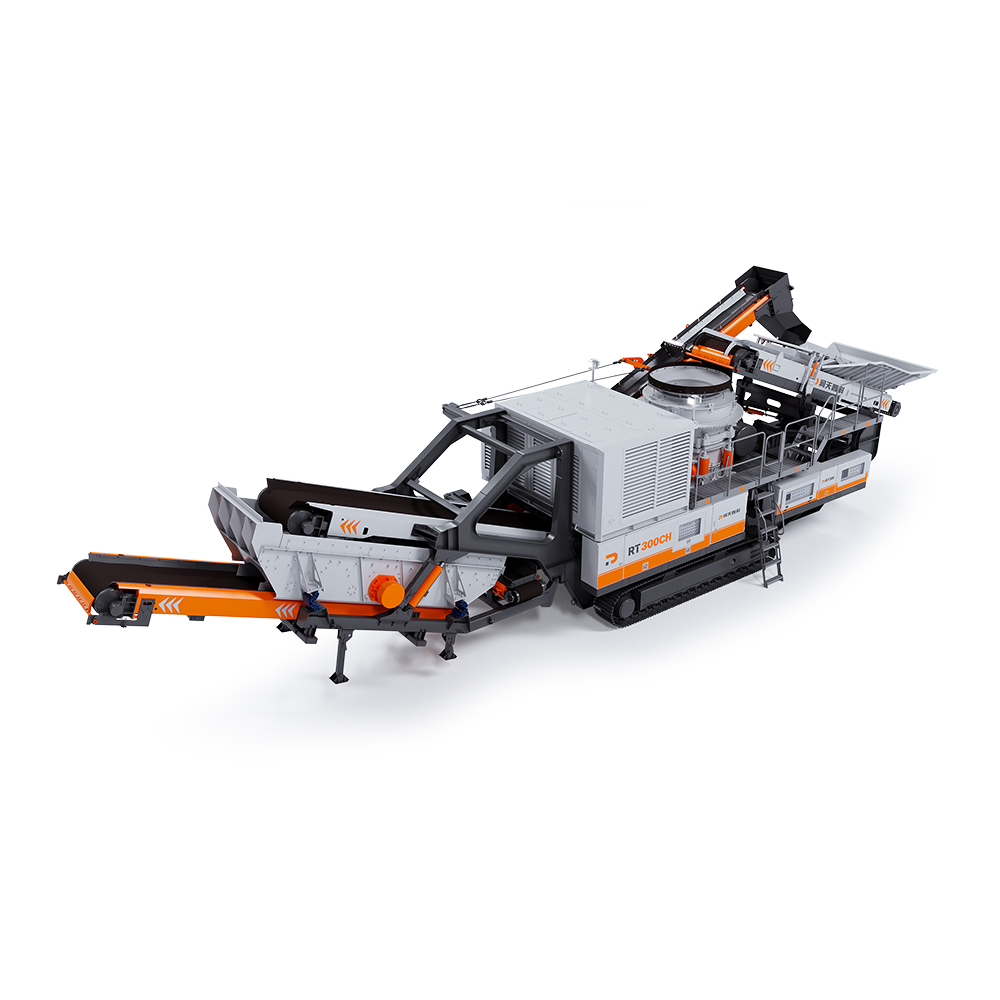 RT300CH Crawler Mobile Cone Crushing Plant
RT300CH Crawler Mobile Cone Crushing Plant
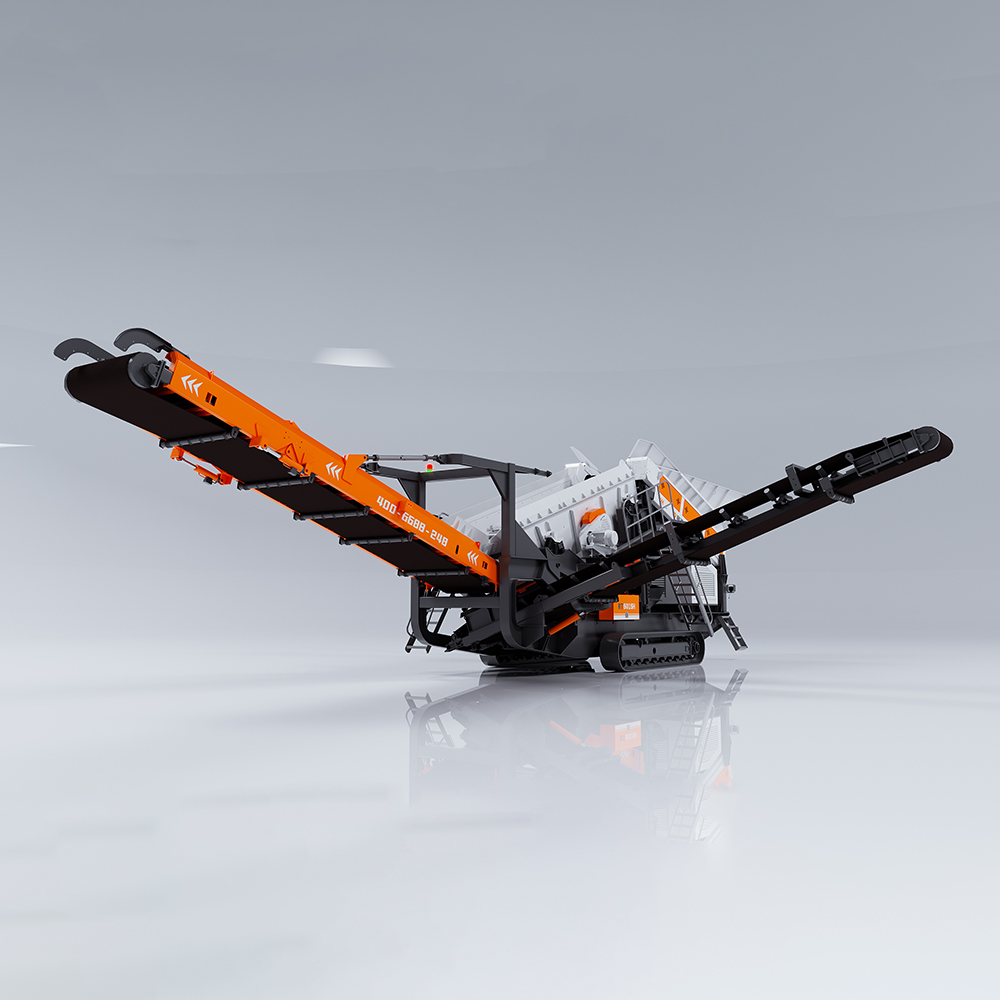 RT5015H Mobile Scalping Screen
RT5015H Mobile Scalping Screen
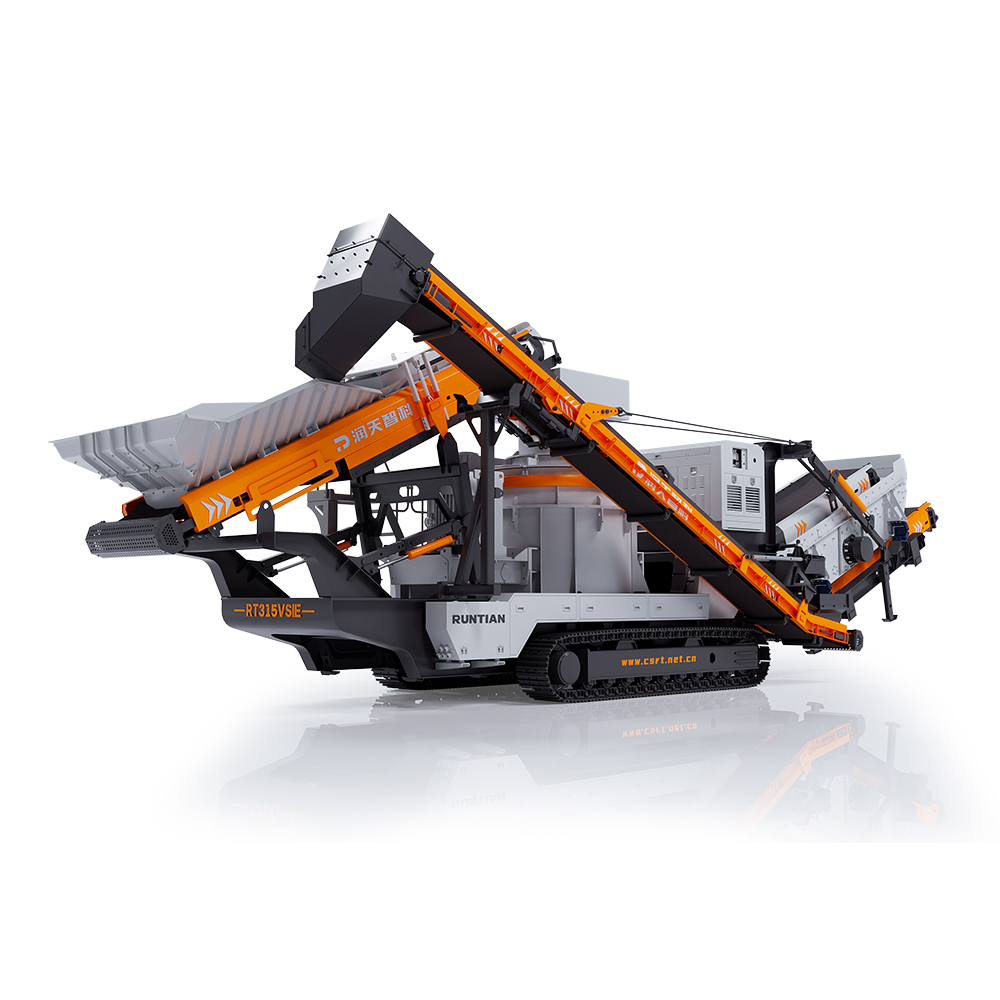 RT315VSIE Crawler Mobile Sand Maker
RT315VSIE Crawler Mobile Sand Maker
 RT3YK6020 Crawler Mobile Screening Plant
RT3YK6020 Crawler Mobile Screening Plant
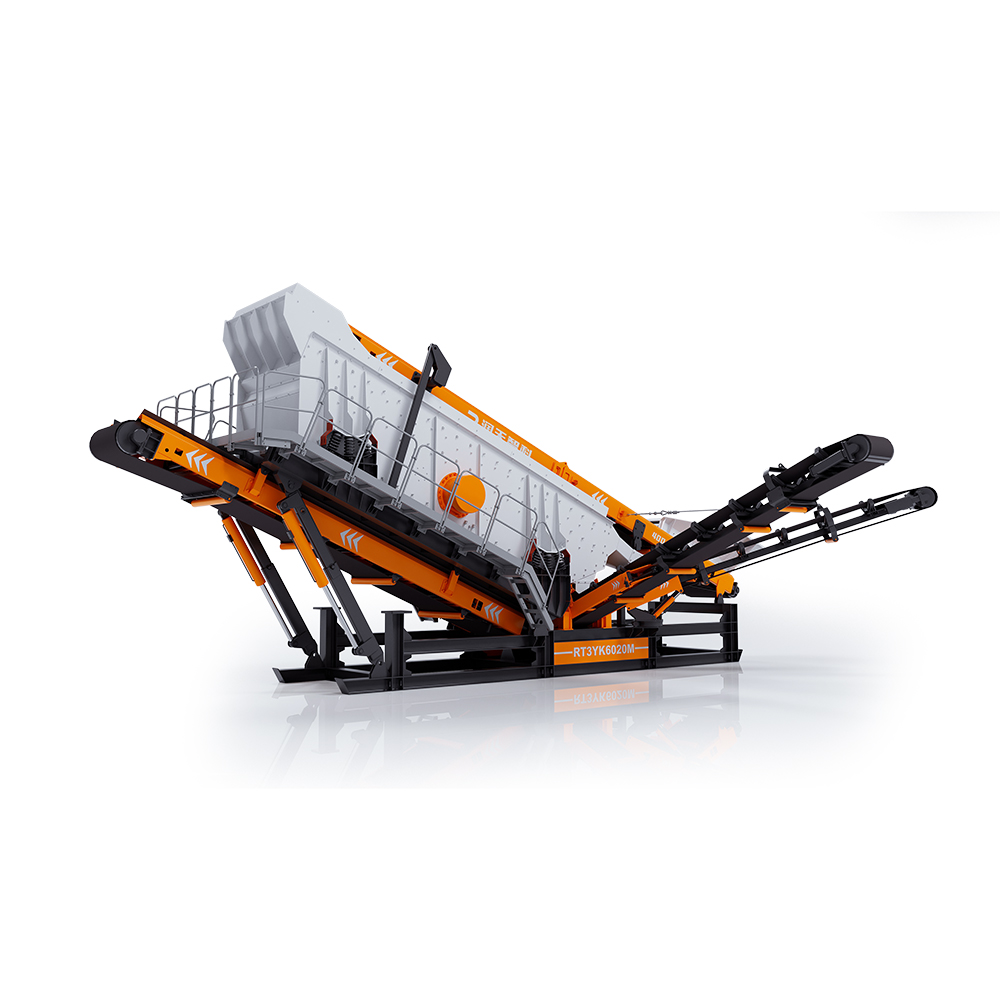 RT3YK6020M Modular Screening Plant
RT3YK6020M Modular Screening Plant
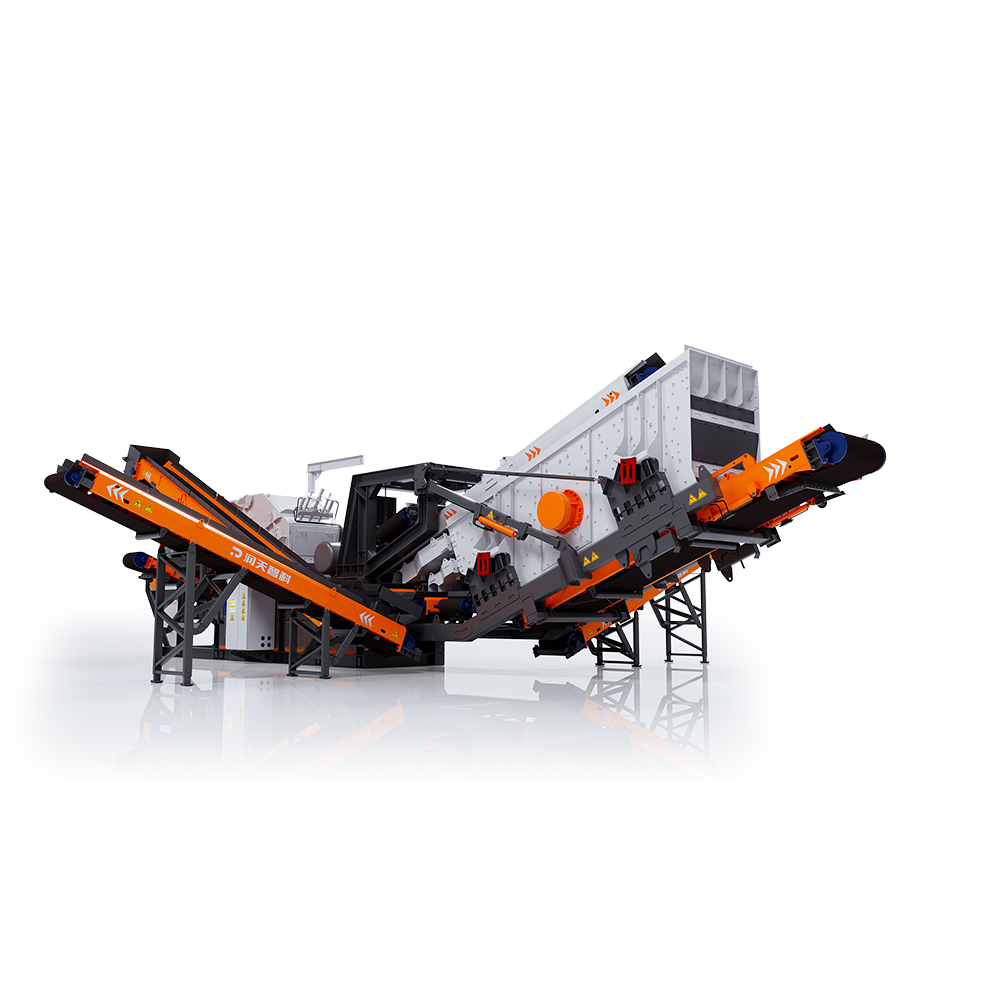 RTF260M Modular Counterattack Crushing and Screening Integrated Machine
RTF260M Modular Counterattack Crushing and Screening Integrated Machine
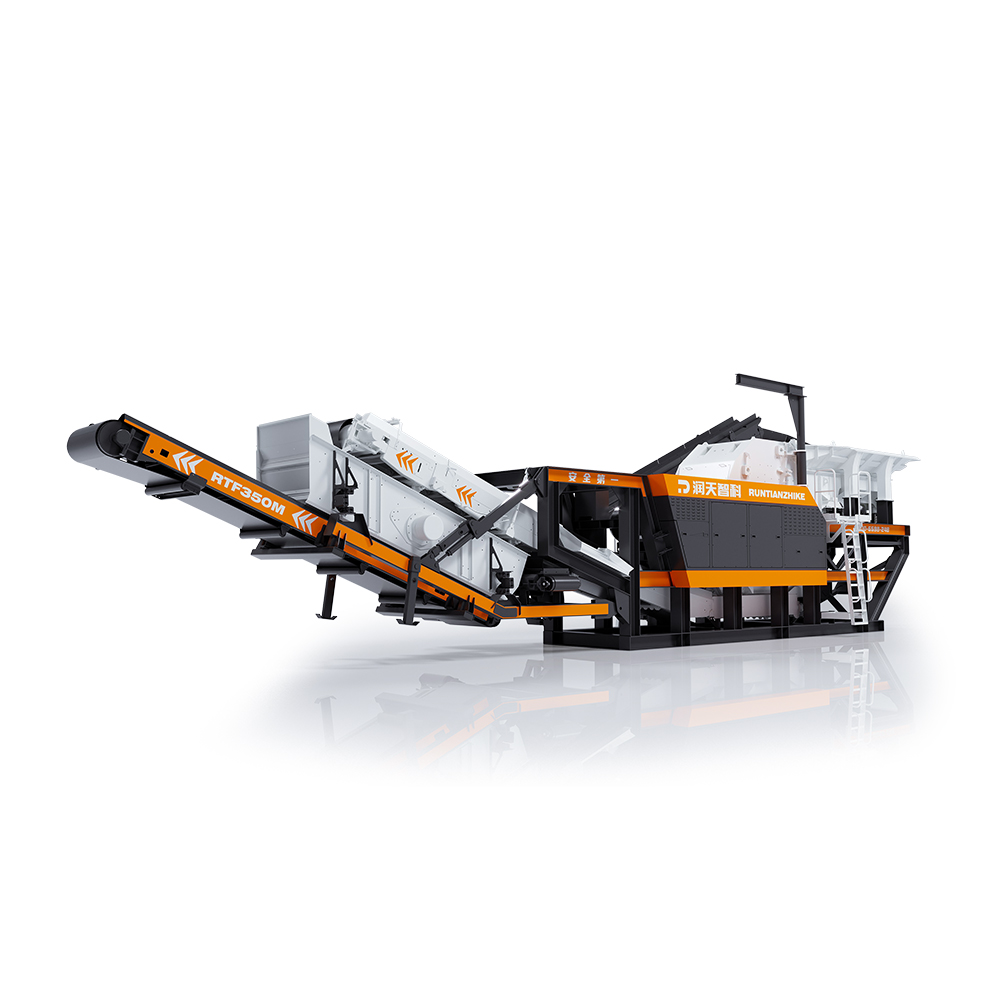 RTF350M Modular Impact Crushing Plant
RTF350M Modular Impact Crushing Plant
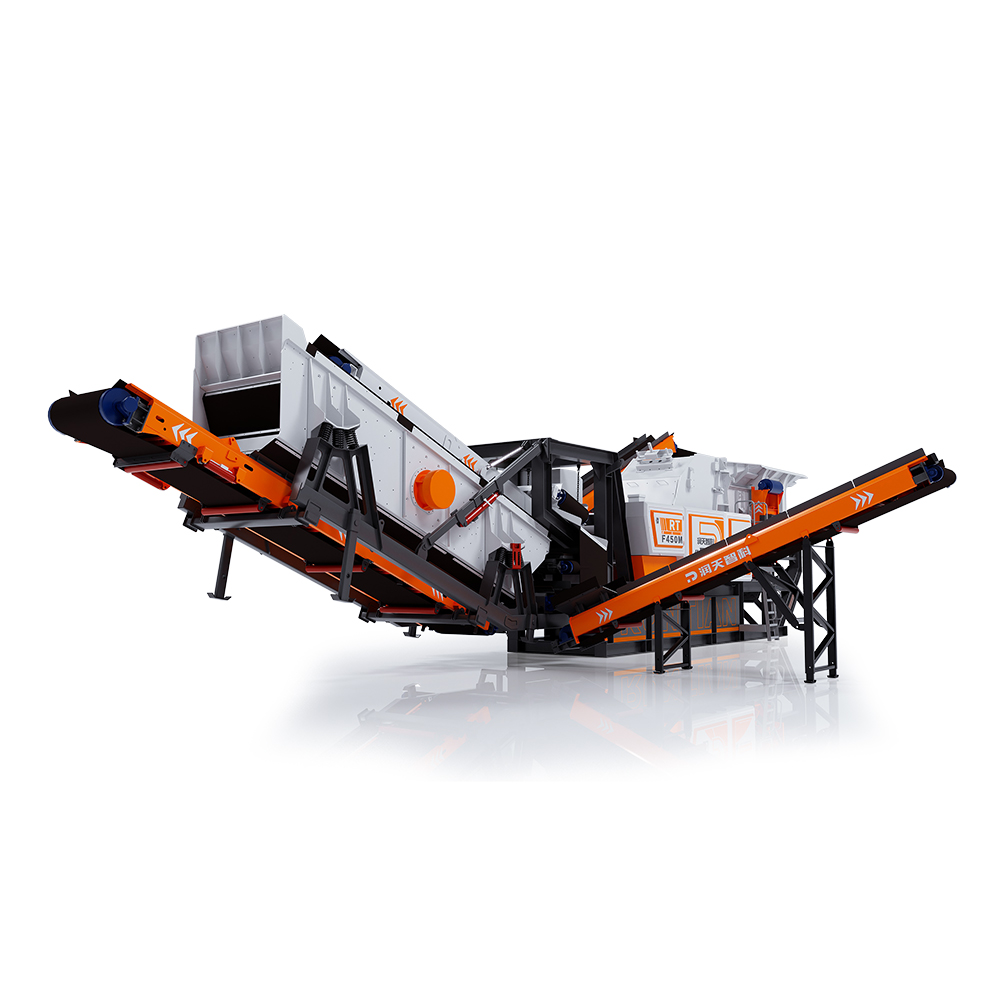 RTF450M Modular Impact Crushing Plant
RTF450M Modular Impact Crushing Plant
 Construction Waste Resourceful Treatment Line
Construction Waste Resourceful Treatment Line
Performances
Video
News
Blog
Contact Us
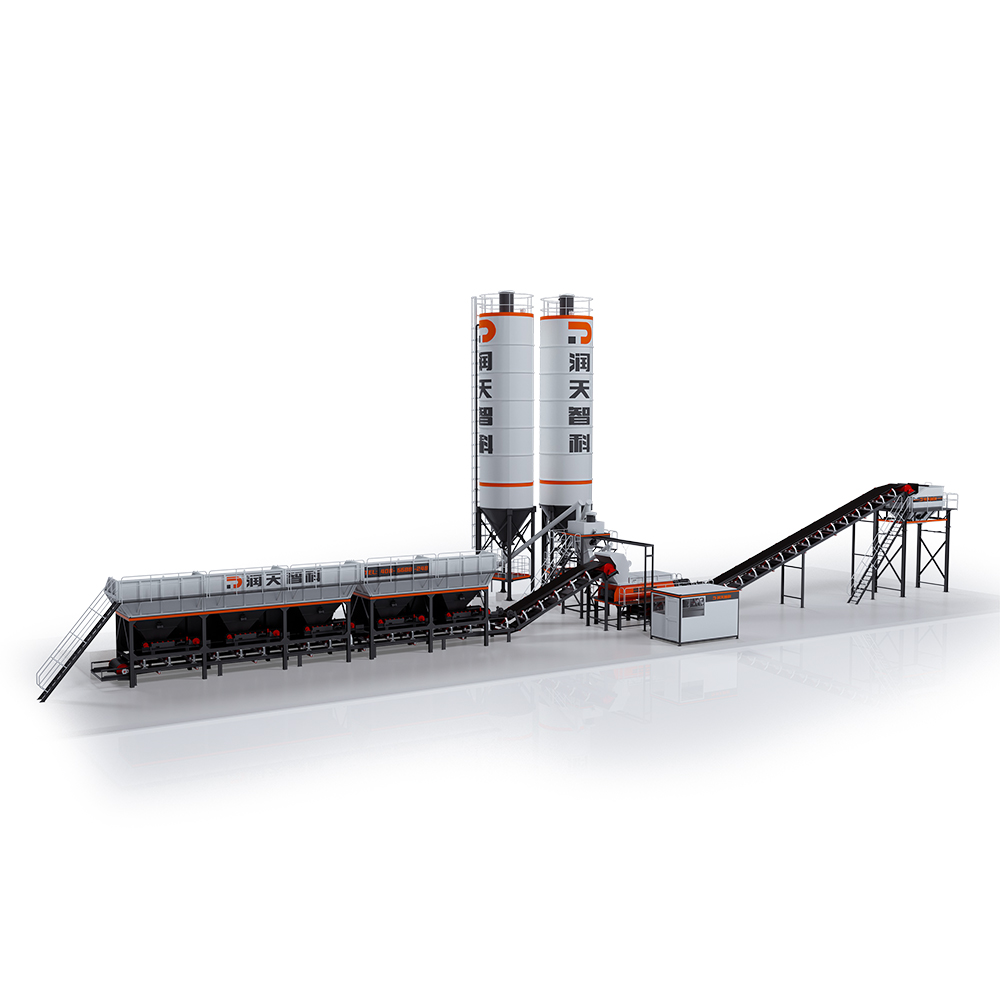 WDB Series Foundation-Free Stability Soil Mixing Plant
WDB Series Foundation-Free Stability Soil Mixing Plant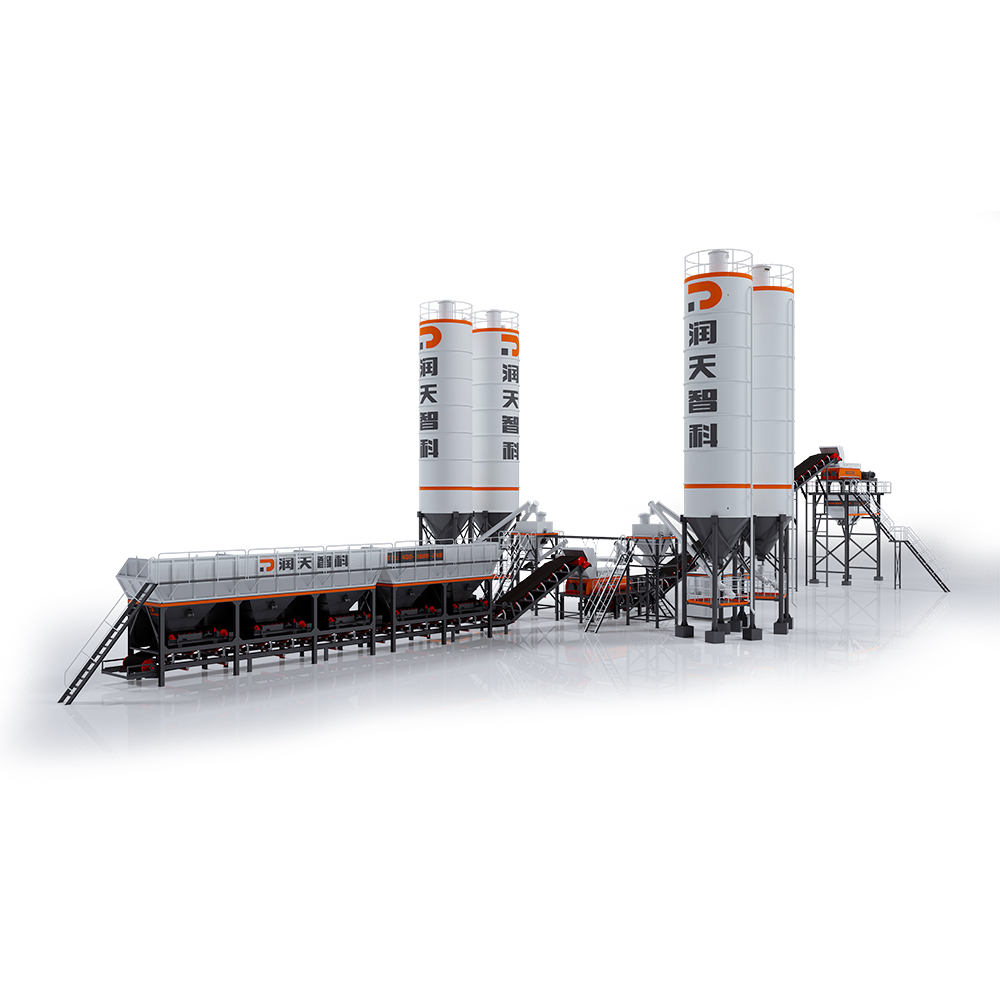 LCB Series Emulsified Asphalt Cold Regeneration Secondary Mixing Plant
LCB Series Emulsified Asphalt Cold Regeneration Secondary Mixing Plant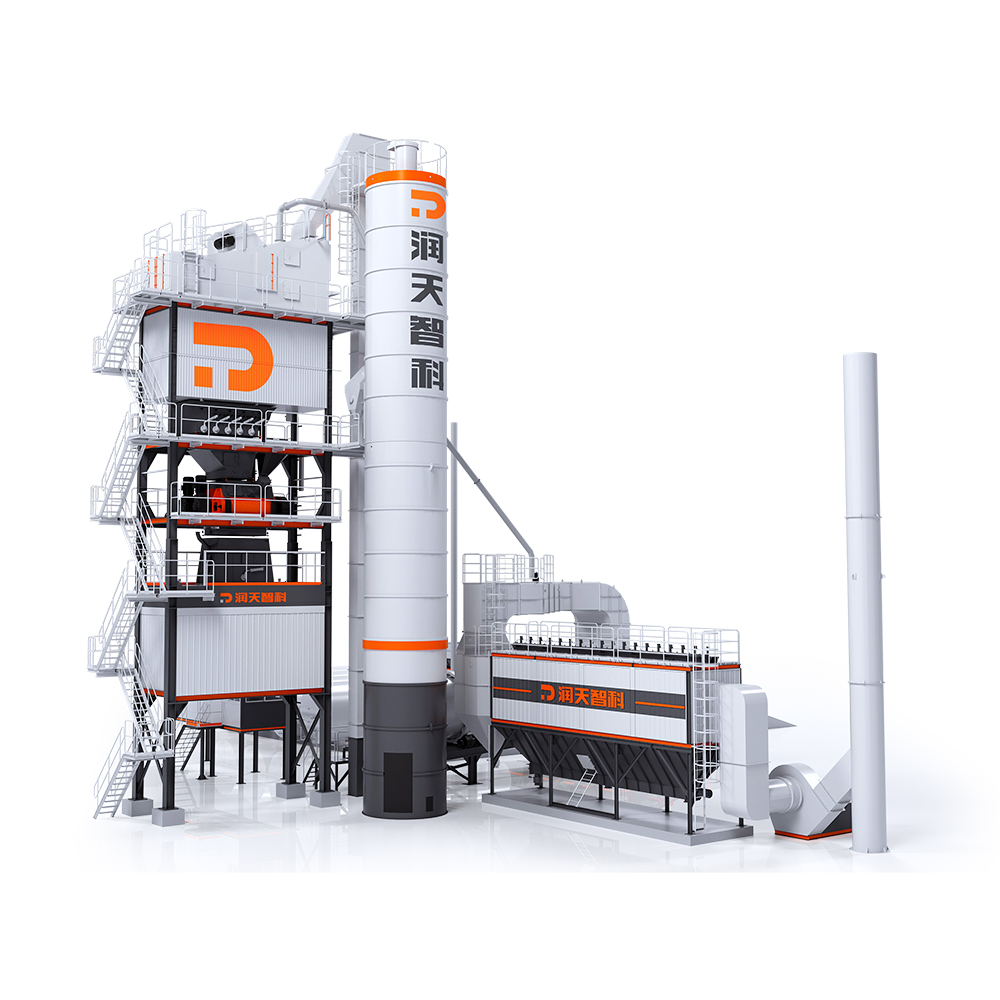 LB Series Asphalt Mixing Plant
LB Series Asphalt Mixing Plant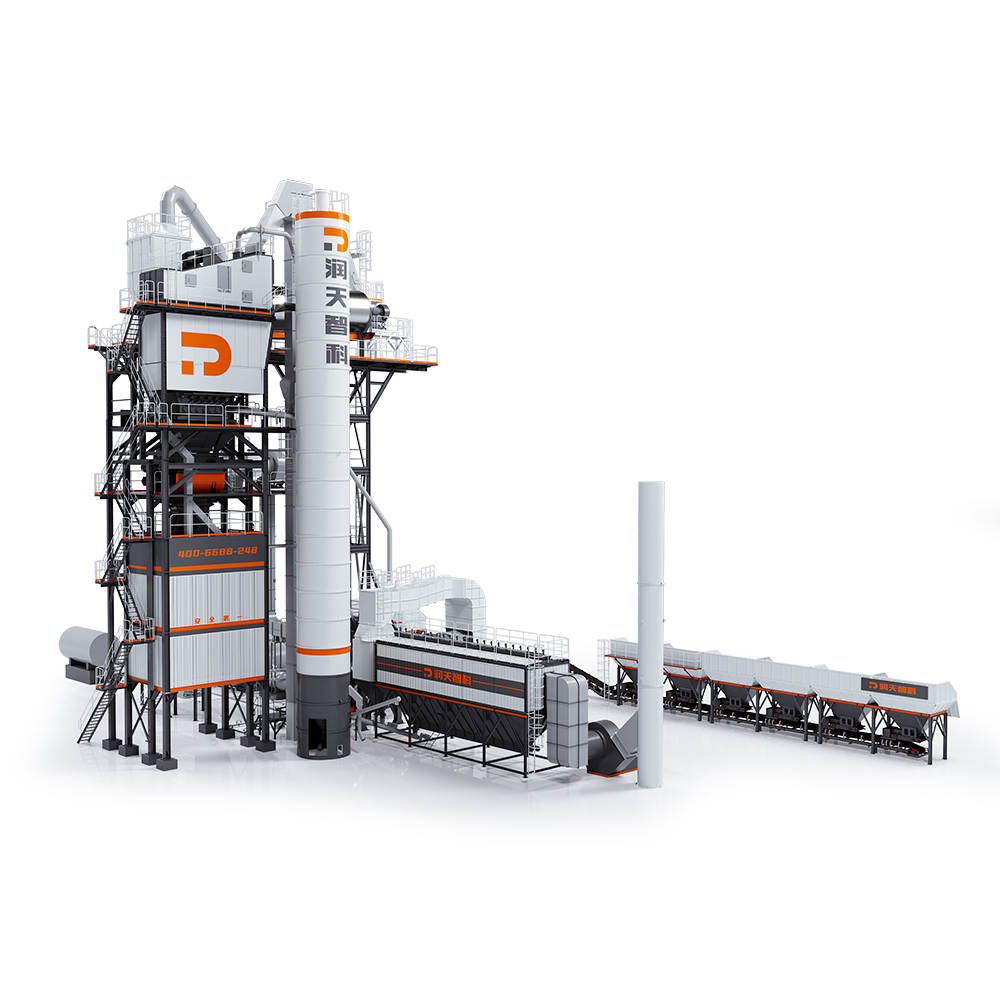 LBR Series Integrated Asphalt Mixing Plant
LBR Series Integrated Asphalt Mixing Plant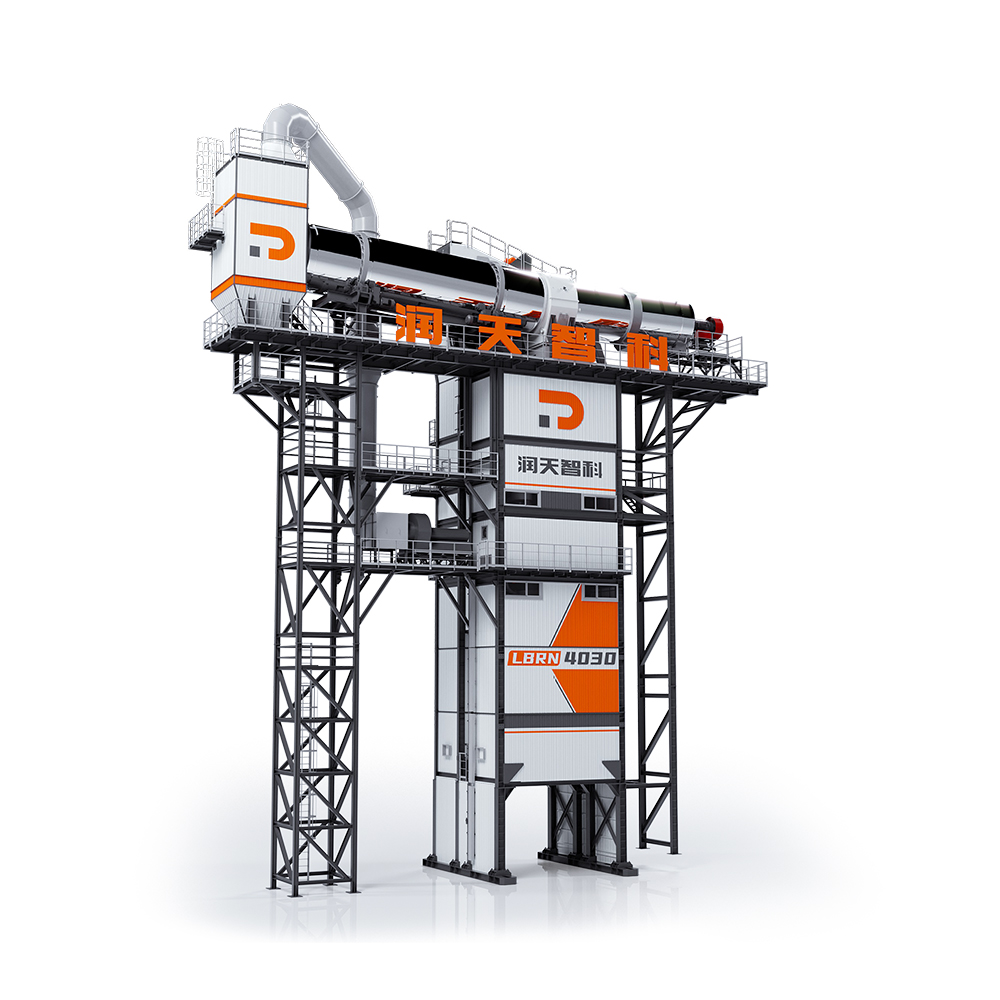 LBRN Series Counterflow Integral Asphalt Mixing Plant
LBRN Series Counterflow Integral Asphalt Mixing Plant RZS Series Asphalt Mixing Plant
RZS Series Asphalt Mixing Plant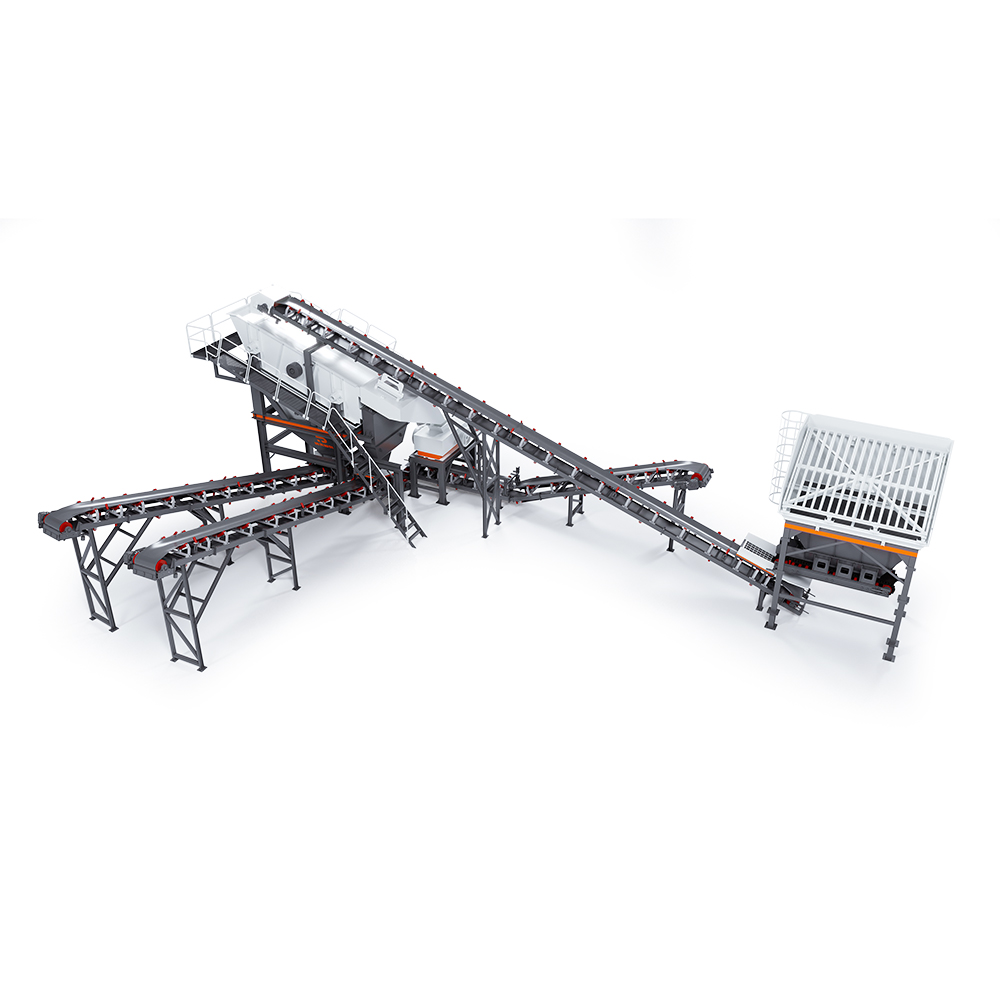 RTZS120 Series RAP Crushing & Screening Plant
RTZS120 Series RAP Crushing & Screening Plant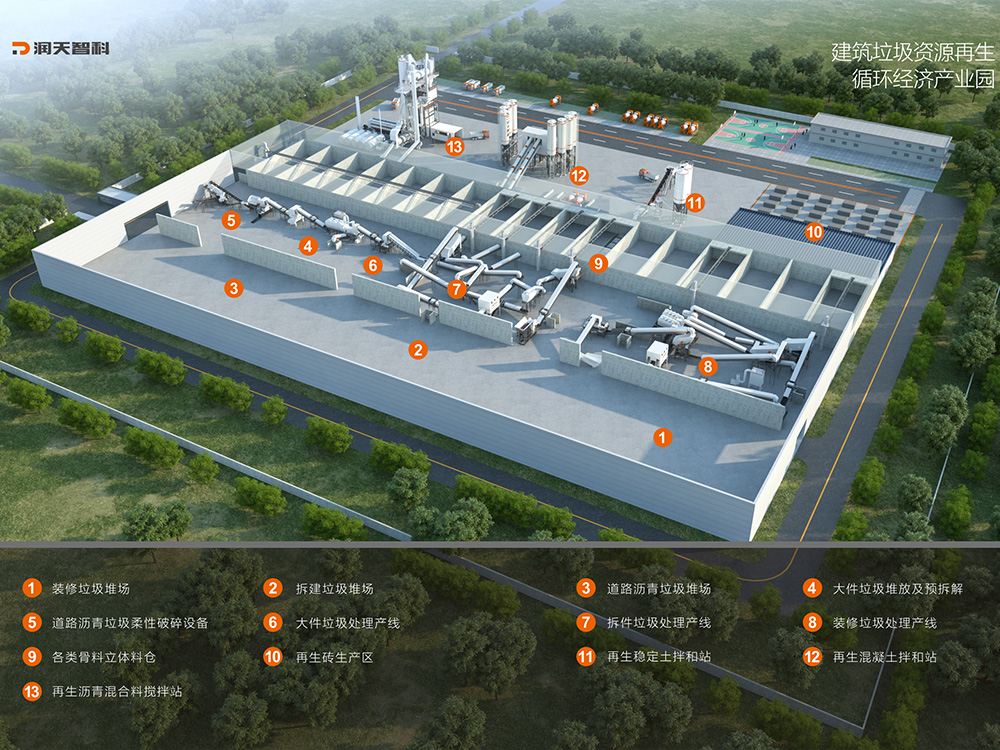 Construction Waste Resourceful Treatment Line
Construction Waste Resourceful Treatment Line







